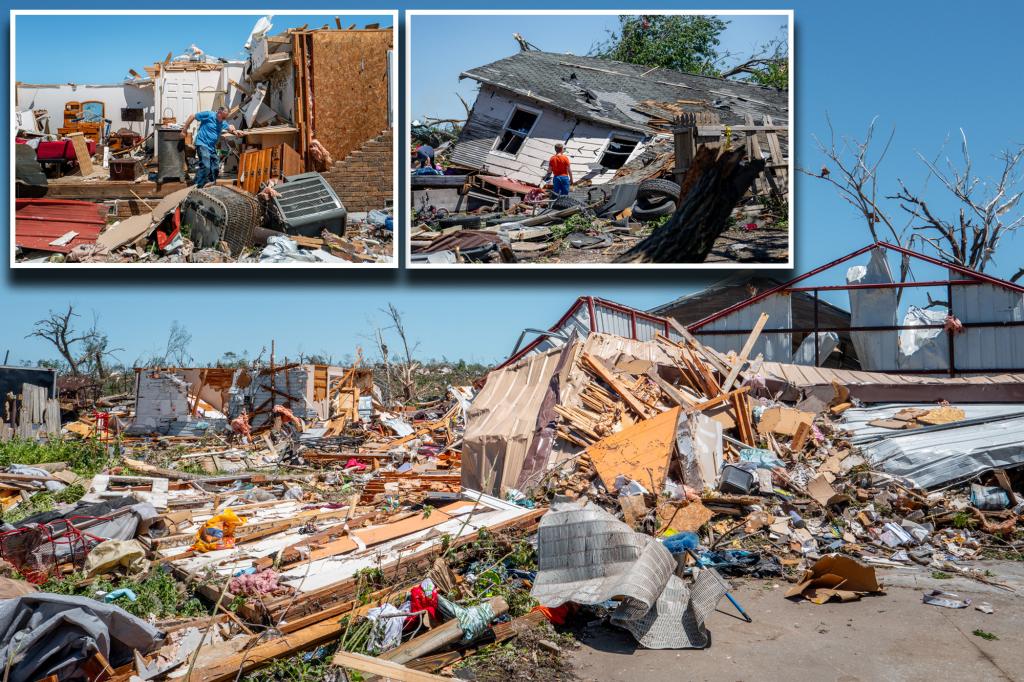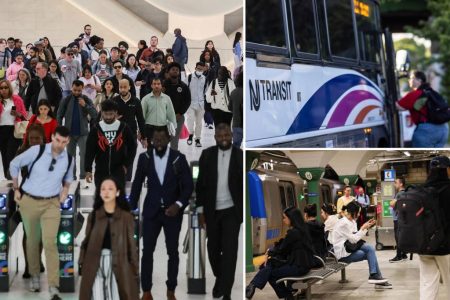Severe storms struck parts of the Midwest, including southwestern Michigan, northern Indiana, and northwestern Ohio, with tornadoes causing significant damage and heavy rain and gusty winds lashing the region. The storms came after a deadly tornado hit Barnsdall, Oklahoma, killing at least one person. The National Weather Service issued tornado warnings for the area, with one man reported missing. The towns of Barnsdall and Bartlesville were particularly hard-hit, with numerous homes damaged and vehicles and power lines destroyed. The governor of Oklahoma toured the affected areas and pledged $45 million to help with recovery efforts.
The tornadoes in Oklahoma were part of a broader trend of severe weather events around the world, including devastating floods in Brazil and extreme heat in Asia. In the United States, the Storm Prediction Center recorded 17 tornadoes in central states like Oklahoma, Kansas, South Dakota, and Missouri. The town of Barnsdall had already been hit by a tornado just five weeks before the recent one, further exacerbating the damage. The small community struggled to come to terms with the destruction, with first responders working to rescue trapped individuals and evacuate residents from damaged buildings.
The storms in Oklahoma hit as other areas in the Plains and Midwest were still recovering from previous tornadoes that had caused fatalities and widespread power outages. An unprecedented high-risk weather warning was issued for Oklahoma and Kansas, underscoring the severity of the situation. The entire week was expected to continue to be stormy, with the eastern US and the South predicted to bear the brunt of the bad weather. Major cities like Indianapolis, Memphis, Nashville, St. Louis, and Cincinnati were at risk, impacting over 21 million residents. However, clearer weather was anticipated for the weekend.
The resilience of the affected communities was evident, with efforts already underway to rebuild and recover from the damage caused by the tornadoes. Emergency responders, government officials, and citizens were working together to assess the damage, provide assistance to those in need, and ensure the safety of residents. The scenes of destruction, with homes reduced to rubble, vehicles overturned, and debris scattered across the landscape, highlighted the destructive power of the storms. Despite the challenges faced by these communities, there was a sense of determination to overcome the adversity and restore normalcy to the area.
The impact of the severe weather went beyond physical damage, with emotional tolls also being felt as residents coped with the loss of homes, belongings, and, tragically, lives. The small-town atmosphere of areas like Barnsdall added to the sense of loss as neighbors knew each other and shared in the grief of those affected by the tornado. The outpouring of support from surrounding communities, as well as the promised assistance from state and local governments, provided a glimmer of hope in the midst of the devastation. As the recovery efforts continued, the resilience and unity of the people impacted by the storms were a testament to the human spirit in the face of natural disasters.
In the midst of a changing climate and increased frequency of severe weather events, communities across the US were faced with the challenge of adapting to these new realities. The need for improved warning systems, robust infrastructure, and coordinated response efforts was evident as storms continued to wreak havoc in various parts of the country. While the immediate focus was on recovery and rebuilding, there was also a growing awareness of the importance of long-term planning and preparedness to mitigate the impacts of future disasters. The lessons learned from each storm, tornado, or flood were critical in shaping strategies to protect lives, homes, and livelihoods in a world increasingly vulnerable to the forces of nature.















